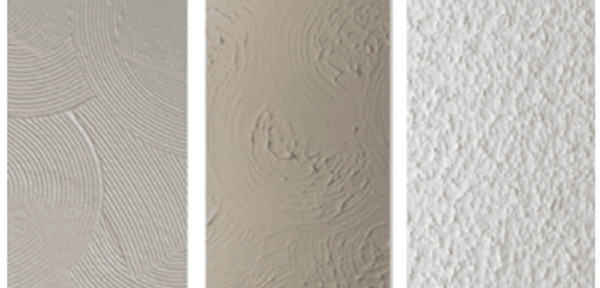Asbestos, Could it Be There?.

Asbestos was extensively used in domestic properties between 1930 and 1980 in a wide range of construction purposes in new and refurbished buildings. This extensive use means that there are still many dwellings in the UK which contain asbestos.
The main criteria involved for concluding that a property is asbestos free would be if it was constructed in 2000 or later.
Where asbestos containing materials (ACM) are in good condition and unlikely to be disturbed they do not present a risk. However, where the materials are in poor condition or are likely to be disturbed or damaged, asbestos fibres are released into the air, which, if breathed in, can cause serious lung diseases, including cancers.
When surveying a property built pre 2000, if there is a material which could contain asbestos, this must be included in the site notes and reported in the HCS. The default assumption, similarly as with the damp, would be that an ACM material is present and until it is proven otherwise it must be reported in relevant section and the Asbestos in Home Fact Sheet attached to the report.
Common locations and elements containing ACMs:
- Decorative textured ceiling or wall coatings (Artex): All properties constructed/refurbished /converted prior 1990
- Heat insulation products: old types of air warm/storage/radiant heaters and cooker door seals, pipe insulation
- Asbestos Insulating Board: ceilings, walls, soffit boards, porch linings, external canopies
- Asbestos Cement: corrugated and flat roof sheets, roof tiles,
- Textiles (fire blankets), ropes, felts, strings (used for sealing hot water radiators)
- Vermiculite loft insulation
- Insulation and fire protection boards around electrical equipment, fire surrounds,
- Insulating board in cores and linings of composite products: in fire doors, domestic boiler casings, partition and ceiling panels, fireplace or oven linings
- Asbestos Paper: used to reinforce bitumen and other products (Damp proof courses, roofing felt) a facing/lining to products (vinyl or laminate flooring)
- Pre-formed moulded products and extruded products: bath panels, water cisterns or storage tanks, flue pipes and terminals, fascia, soffits, window sills, drains and sewer pipes, rainwater goods,
- Reinforced plastic and resin composites: toilet cisterns, seats, window seals
For more information and photographs of sample materials, we highly recommend the reference to the HSG 264 Asbestos: The survey guide, Appendices 2 and 3. This document is freely downloadable from the Health and Safety Executive website: http://www.hse.gov.uk/pUbns/priced/hsg264.pdf
See also: http://www.hse.gov.uk/asbestos/common-materials.htm